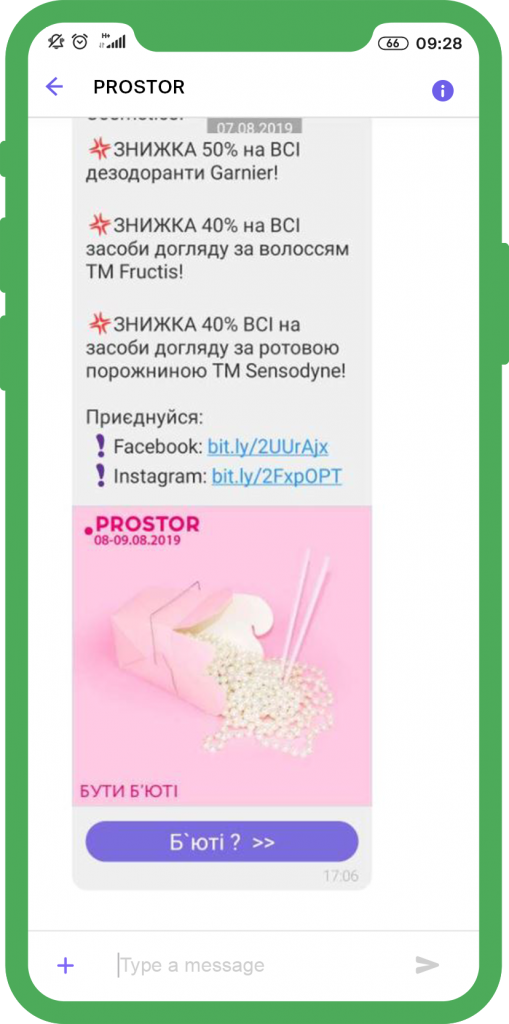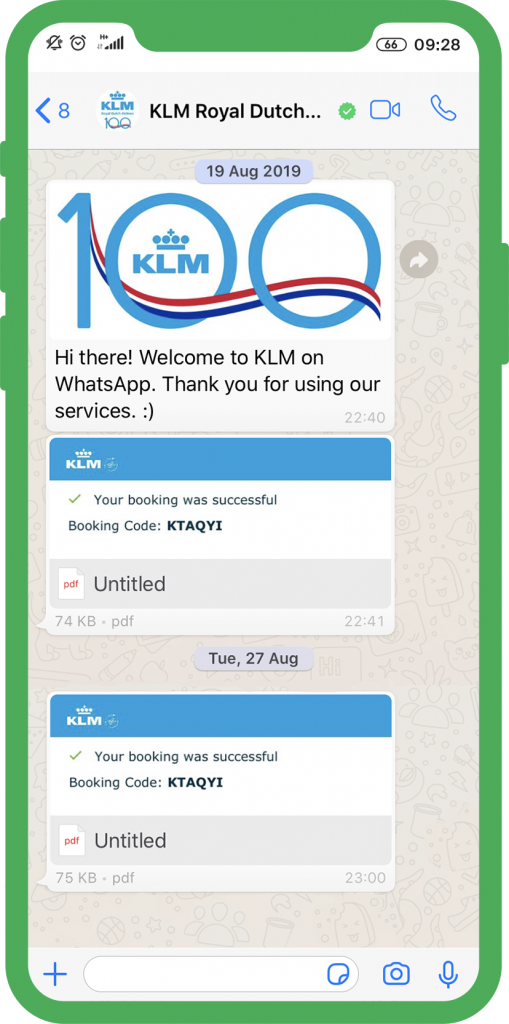At its core, seasonal marketing is the process of developing or adapting your marketing campaigns for specific moments during the year — including but not limited to major holidays, cultural events, and vacations. While the holiday season is still a thing in 2020, retailers should carefully review the way they communicate if they want to win the audience’s hearts and wallets.
How COVID-19 Affects Seasonal Marketing
The most noticeable (though predictable) change will affect traditional retail. The chances of customers willing to spend hours queued up outside shopping malls during the pandemic are quite thin, meaning the usual seasonal discounts should be introduced much earlier. That said, a Google study indicates that 74% of Canadians plan to start shopping in advance to avoid crowds, and 82% of shoppers are consolidating their purchases to keep the number of store visits to a minimum.
Being clear about the product availability is no less vital. Compared to 2019, the number of searches with the “in stock near me” wording has grown by more than 100% worldwide. To prevent buyers from guessing, make sure that the information on the number of products available is relevant and easy to find, both on the website and through search engines.
Also, considering the population’s limited mobility, retailers should pay special attention to the increased demand for so-called staycation goods (products that allow consumers to spend their vacation at home as comfortably as possible): household appliances, sports equipment, video gaming products. It is fair to expect that such brands will have some of the highest sales figures during the holiday season, which means it would be wise to prepare adequate stocks and spread the word to the consumer.
How to communicate
You might expect buyers to respond positively to brands that adapt their communications to reflect the current state of affairs. However, according to Adobe’s “Making the Holidays Happy…” report, as of October 2020, only 32% of consumers responded favourably to such messages, while 56% of those surveyed said their reception was lukewarm. Interestingly, back in June, the spread was 48% and 38% of respondents respectively, which indicates an accumulated fatigue.
At the same time, almost 40% of consumers favour ads that keep them distracted from current problems, compared to brands bragging about their achievements in fighting the crisis (such communications were well-received by 26% of respondents).
When to communicate
This year, the battle for sales will be mostly online, and ad budgets should reflect the e-commerce focus.
Purchase value being a key factor, advertisers should focus on what consumers are looking for, namely free shipping, discounts, product variety and availability. Data-driven segmentation and advertising will be critical to finding customers ready to make a purchase.
Physical retailers also need to make sure their e-commerce game is strong, providing powerful arguments to attract shoppers, such as location-based promotions and discounts or unique offers, only available in a physical store.
Which channels to communicate through
Under normal circumstances, seasonal strategies focus on mobile marketing to reach those away from home, travelling or attending major events. One would expect that the quarantine restrictions would negatively affect the volume of mobile traffic. Still, mobile communications remain relevant in 2020: by leveraging these, you can reach users, no matter where they decide to self-isolate.
Additionally, the stress of trying to combine remote work, house chores, and childcare, forces consumers to seek ways to unwind. Hence channels like messengers, SMS, and social media are still an excellent choice for reaching customers.
Let’s have a closer look at the mobile marketing channels you can use during the 2020 holiday season:
Social media
Suzin Wold, senior vice president of marketing at Bazaarvoice, says that since the beginning of the pandemic, 72% of users have spent more time on social media (with Instagram traffic growing by 69% among others). The spread in audience preferences is as follows: 30% of users prefer to escape reality on Instagram, 24% on TikTok and 21% on YouTube.
Being active on social media is more relevant than ever: 82% of shoppers say social media is their primary channel to get the information about a brand and its products from, while the brand’s presence on social media influences the final purchasing decision of 62% of consumers.
While staying at home, we trust social media to keep ourselves busy and entertained. It’s essential to keep this in mind when offering subscribers and consumers alike the appealing, engaging content and the ability to purchase goods in the most streamlined way possible. Brand presence on social media can be critical, since many choose to avoid physical stores.
SMS messaging
98% of SMS are opened within 3 minutes of delivery, which makes bulk SMS messaging an excellent tool for achieving maximum coverage during the holidays.
However, for the best results, you might want to make sure that your audience can contact you easily, so consider using an SMS short code.
Two-way communication via messengers
According to GlobalWebIndex, 90% of Internet users worldwide use some form of messenger to communicate.
In addition to coverage, a significant advantage of messengers lies in the variety of content that brands can share with customers. Images and quick action buttons allow you to create vivid, informative messages that effectively engage clients, while the ability to start a dialogue with a client makes it possible to further personalise your offers, depending on the consumer’s wishes.


Push notifications
Branded notifications redirecting the user straight to your mobile app are a great way to guide a customer to a purchase. However, the precondition is that users must install your app.
If your app’s audience is vast enough, push campaigns will allow you to engage customers with flash sales and unexpected personalised discounts.
In conclusion
To adapt your seasonal campaigns to new realities, we recommend following these tips:
1. Don’t be afraid to start too early. The prospect of new quarantine restrictions is a great incentive to start holiday preparations early.
2. Do not build up the gloomy atmosphere any further. Create an environment where customers can purchase your products comfortably and safely without being reminded of the situation, we all ended up in.
3. Appeal to exclusivity and limited production. Simple phrases like “limited stock” and “don’t miss out” can work wonders for motivating your potential customers to make a purchase.
4. Broadcast your messages across all channels: messengers, email, Facebook, Instagram, TikTok and other social media. Stick to an omnichannel approach: be ready to hear and support the client through any channel convenient for him, offering the most comfortable, seamless user experience.
5. Engage your audience in a dialogue. Post to groups, online communities and forums; communicate, create buzz. Be open about how the product will help your consumer.
6. Take care of mobile users: the mobile-first approach is now more relevant than ever, as according to Google, 53% of mobile shoppers leave a website if it doesn’t load within 3 seconds. So it’s crucial to make sure that your content adapts to user’s device, and that the site can handle additional traffic, the volumes of which will grow as the holidays get closer.
We believe that the ability to stand in the customer’s shoes and the willingness to engage in dialogue regardless of the channel will serve as the cornerstone of the retailers’ success this holiday season.

